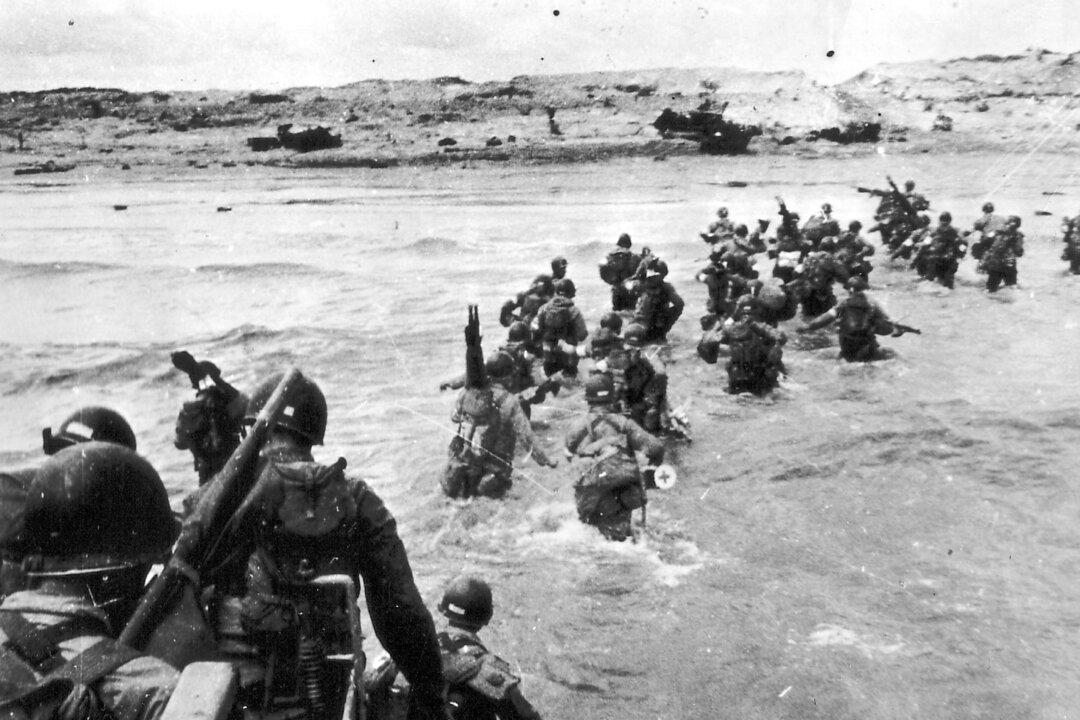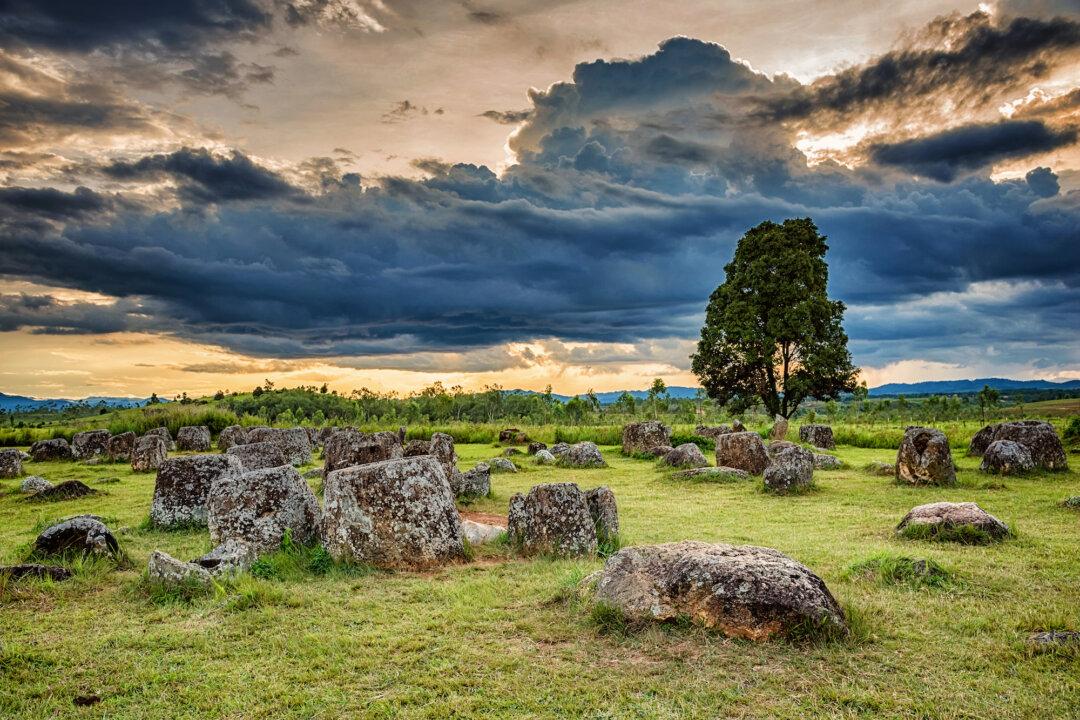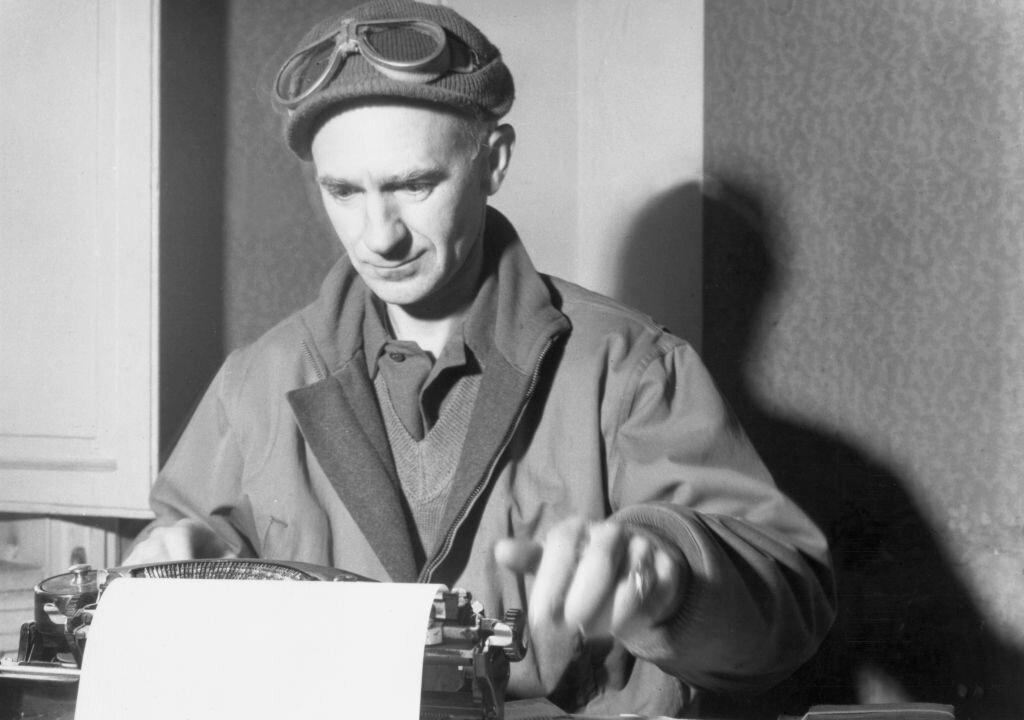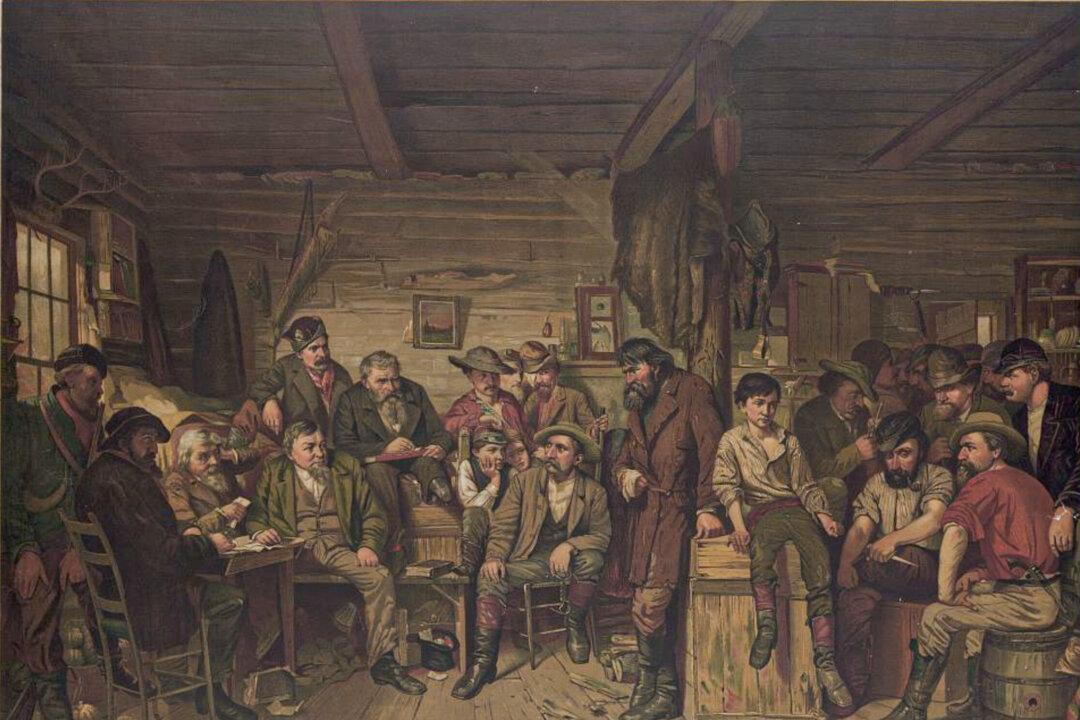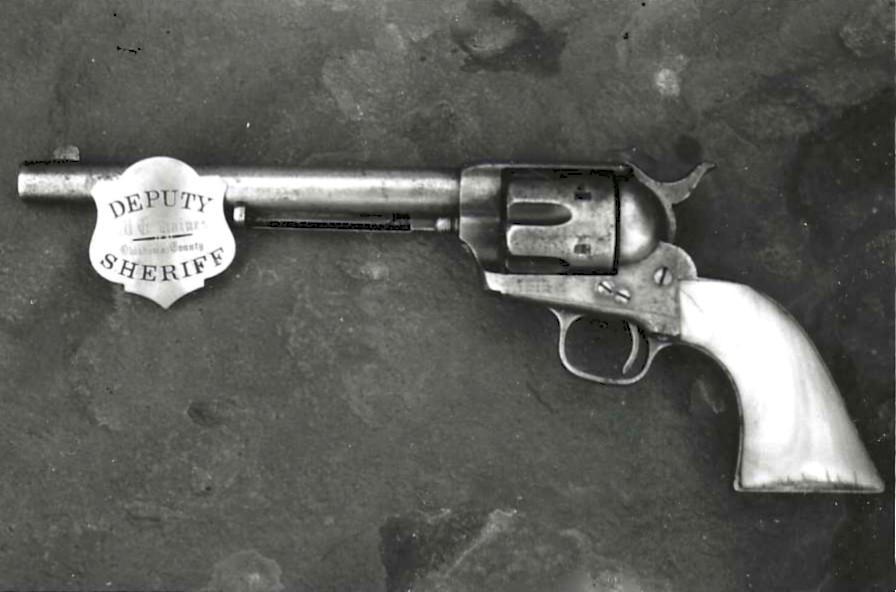The bombing of Pearl Harbor on December 7, 1941, was a “day that will live in infamy,” as proclaimed by President Franklin Roosevelt. It marked the entry of America into the Second World War, and every American citizen was affected in some way. Even America’s most isolated minority, the Native Americans, was thrust into the new era. By the spring of 1942, 547 Native Americans had volunteered for duty. By the end of World War II, approximately 25,000 Native Americans had served in the military. Among the earliest volunteers was a small group of Comanche Native Americans from the Lawton, Oklahoma, area, who were selected for special duty by the U.S. Army. They came to be known as Code Talkers, and they made crucial contributions to the Allied victory in Europe.
As a boy attending a boarding school, Charles Chibitty was punished for speaking the Comanche language. “They would run us through a belt line or make us wax floors,” Chibitty recalled. Ironically, it was his native tongue that was responsible for Chibitty and other tribal members being recruited into an elite World War II Army unit.

